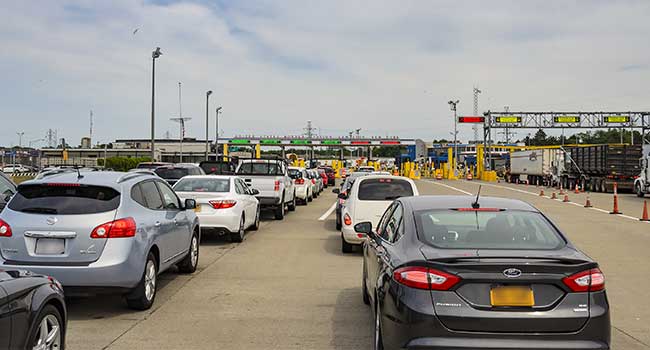
ICE To Gain Access to License Plate Tracking Database
The Immigration and Customs Enforcement (ICE) agency has officially gained agency-wide access to a nationwide license plate recognition database.
- By Jessica Davis
- Jan 31, 2018
The Immigration and Customs Enforcement (ICE) agency has officially gained agency-wide access to a nationwide license plate recognition database. According to a report by The Verge, the system will give the agency access to billions of license plate records and the ability to track vehicles’ location in real time.
The source of the database is not named in ICE’s contract, finalized earlier this month, but is reported to be Vigilant Solutions. Vigilant declined to confirm any contract with ICE.
Vigilant collects few photos itself but has a database of more than 2 billion license plate photos, created from data collecting from private partners like vehicle repossession agencies as well as local law enforcement agencies. Vigilant’s immense database generates as many as 100 million sightings per month, and each sighting is tagged with a date, time, and GPS coordinates.
There are two ways ICE agents would be able to use that database. For example, ICE agents could choose to be instantly alerted whenever a new record of a specific plate is found.
In addition, by searching past records, agents could find every place a license plate has been spotted in the last five years. These records would provide a detailed record of the target’s movements that could point to places the target lives or often goes.
“Knowing the previous locations of a vehicle can help determine the whereabouts of subjects of criminal investigations or priority aliens to facilitate their interdiction and removal,” according to an official privacy assessment. “In some cases, when other leads have gone cold, the availability of commercial LPR data may be the only viable way to find a subject.”
ICE access to these databases has led to criticism and concern.
“There are people circulating in our society who are undocumented,” American Civil Liberties Union senior policy analyst Jay Stanley said. “Are we as a society, out of our desire to find those people, willing to let our government create an infrastructure that will track all of us?”
About the Author
Jessica Davis is the Associate Content Editor for 1105 Media.